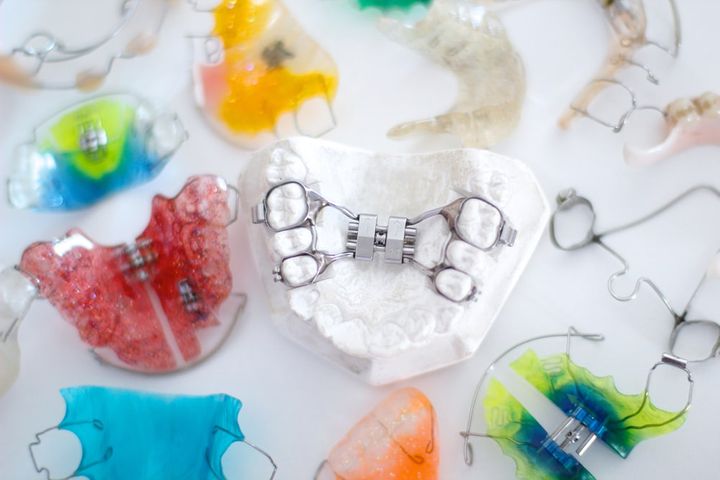As a parent, you want the best for your child. To help your child thrive, you make sure they have the best medical and dental care. But, what about orthodontic care? Although many parents want what’s best for their children, many parents are unaware of early orthodontic care.
Early orthodontic treatment, also commonly referred to as phase 1 orthodontic treatment or interceptive treatment, takes place before all the permanent teeth have erupted. The American Association of Orthodontics (AAO) advises parents to take their child to the orthodontist before the child turns 7 years old. Around this age, enough of the permanent teeth have erupted for an orthodontist to be able to evaluate the teeth and jaws. Here are five reasons why your child should see a child orthodontist:

Easier Phase 2 Treatment
One of the biggest reasons for early orthodontic treatment is that it can identify and treat problems before they progress into more serious conditions. According to the AAO, a child’s orthodontist is specially trained to “intercept the developing problem, eliminate the cause, guide the growth of the facial and jaw bones, and provide adequate space for incoming permanent teeth” (source). By correcting or limiting the progression of certain orthodontic issues, phase 2, or active orthodontic treatment, becomes much easier and can even be completed quicker.


To Avoid Future Tooth Extractions
Another important reason for early orthodontic treatment is to prevent overcrowding. If the jaw appears to be too small for the amount of teeth that are expected to erupt, then dental appliances such as a palatal expander can be used to gradually increase the size of the jaw. This allows for the proper eruption of permanent teeth and prevents the need for future tooth extractions.

Minimize the Possible Need for Future Jaw Surgery
Early orthodontic treatment for children can also minimize the risk of needing jaw surgery at a later age. Jaw surgery, also known as orthognathic surgery, can be required to correct severe alignment issues that cannot be treated with braces alone. Malocclusions such as crossbite, overbite, underbite, and open bites may require corrective jaw surgery if they are not able to be corrected with orthodontic treatment. Early treatment of malocclusion can prevent the problem from becoming severe and can minimize the need for future surgery.

Reduced Occurrence of Secondary Problems
Teeth that are not properly aligned can become damaged or cause issues with speech. For example, protruding teeth are more likely to become chipped, cracked, or knocked out because they cannot be properly protected by the lips. Additionally, a misaligned bite or improperly spaced teeth can lead to problems with proper speech. Some common speech problems are caused by the improper placement of the tongue and abnormal airflow.


Improve Facial Symmetry
Orthodontic treatment in children can also improve their facial symmetry over time. By encouraging the teeth and bite to develop correctly aligned, children will develop a more even face as they grow. Not only does this offer aesthetic benefits, but it reduces the amount of stress on developing teeth and the temporomandibular joint.
Overall, early orthodontic treatment for children is highly recommended because of the benefits it offers. Seeing an orthodontist as a child helps to decrease the severity of orthodontic problems, can prevent tooth extractions and jaw surgery, reduces the risk of secondary problems, and improves facial symmetry in terms of aesthetics and function. Providing your child with the best medical and dental care also means providing them with early orthodontic care. For more information, see “Early Treatment for Children”.

Dr Sepi is a board certified orthodontist and a member of American Association of Orthodontics, Pacific Coast Society of Orthodontics, World Federation of Orthodontics, and Washington State Dental Association. She has published over 15 scientific papers in some of the world’s most prestigious orthodontic journals. She is also an editorial board member of the Journal of World Federation of Orthodontics and is a peer reviewer at the American Journal of Orthodontics and Dentofacial Orthopedics.